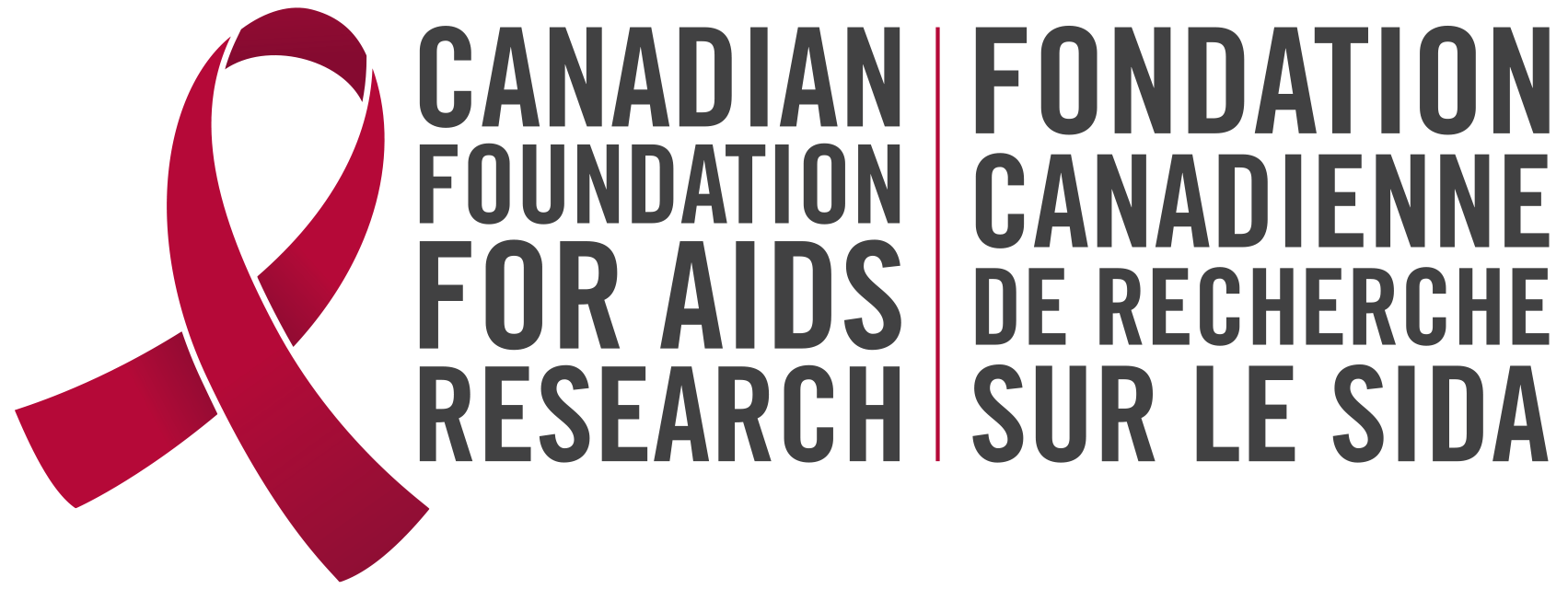Ending HIV in Canada
Ending Canada's HIV epidemic
Increase Prevention
Increase Testing
Improve Health Outcomes for People Living with HIV in Canada
Stamp Out HIV Stigma
New HIV cases in Canada
Canada has met only 1/3 of the UNAIDS 90-90-90 targets for 2020.
It's Time to Act.
Unlike other G7 countries, Canada is not seeing a reduction in the number of new people being diagnosed with HIV, despite significant advancements that have been made in the prevention, testing and treatment of HIV over the past four decades.
The most recent data from the Public Health Agency of Canada (PHAC) indicate that an estimated 2,242 people newly acquired HIV in Canada in 2018. This translates to one new infection every four hours. Our numbers are almost 10% higher than in 2014.
Jurisdictions around the world have launched new, highly targeted initiatives to end HIV, including “Getting to Zero” and the UNAIDS strategy to end AIDS by 2030. Although Canada has endorsed the UNAIDS 90-90-90 target (90% diagnosed, 90% of those on treatment and in care, and 90% of those who are suppressed), we lag behind others in reaching these targets. But with strategic interventions, we believe that in the next five years we can “bend the curve” and end the HIV epidemic in Canada. New cases of HIV will become rare events.
